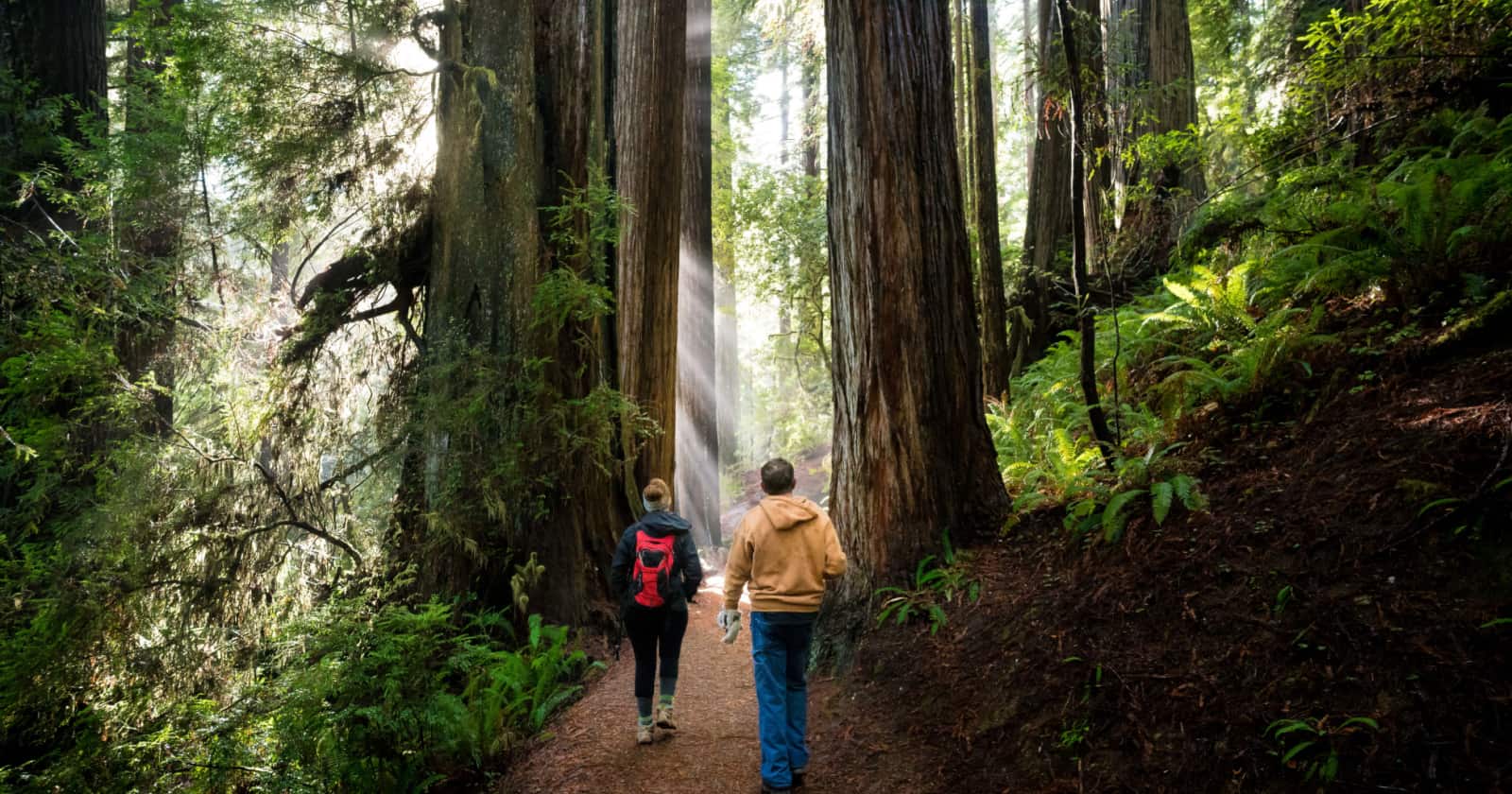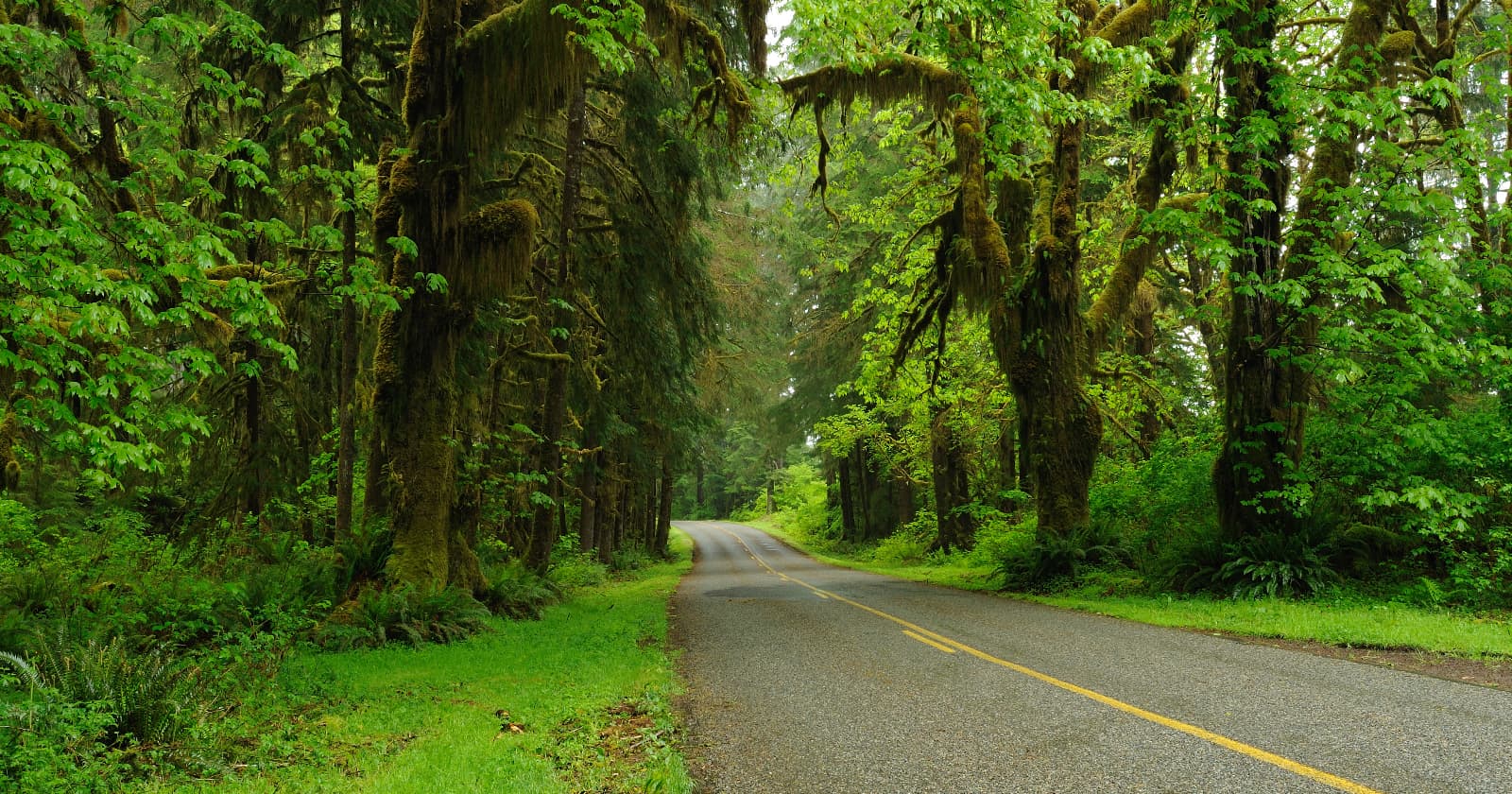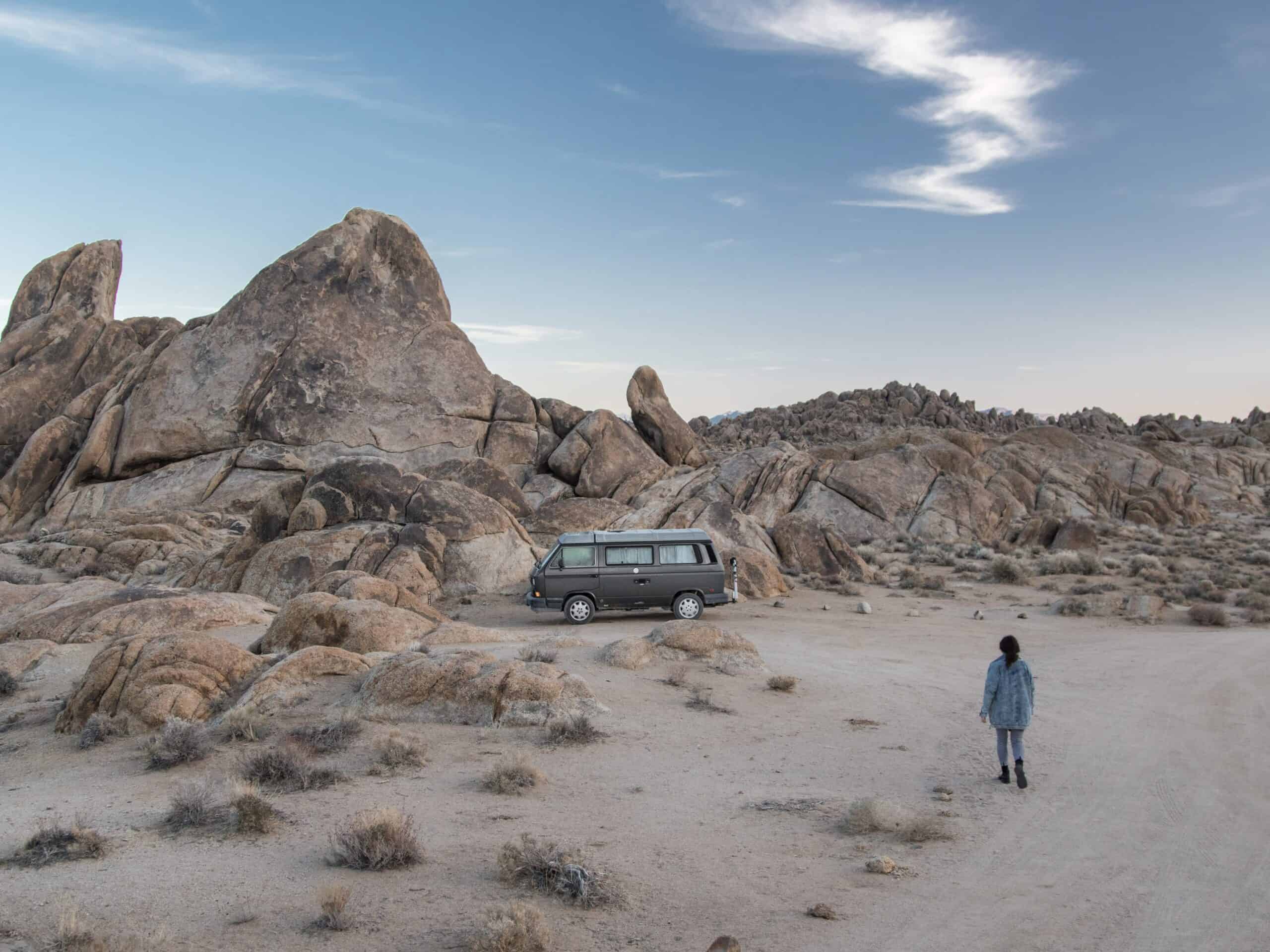Mastering Seaside Serenity Without Van Hookups
Very few things are better than listening to the ocean waves as you drift off to sleep in your home-on-wheels. This is why dry camping on the beach is a dream come true for so many vanlifers. After all, who wouldn’t want to drink coffee while staring out at the waves and end the day with a sunset over the water?
All that said, there are some things you should know before you try your hand at dry camping on the beach in your van. In this article, we’ll provide you with our top tips for beach boondocking.
Find the Perfect Beach Camping Spot
Clearly, the first thing you need to do is find the perfect spot for dry camping on the beach. Believe it or not, there are actually places where dispersed camping is allowed right on the beach. Some national seashores, like Padre Island National Seashore, allow this. Besides dispersed camping, there are also designated campsites and dry campgrounds available on both coasts.
To find the best dry camping on the beach, check out RV Life Campgrounds. It also pays to check the national seashores in your area and look for state parks and county parks located on the shore.
Go During the Right Time of Year
Obviously, you will want to time your visit in order to ensure you have the best beach weather possible.
If you’re visiting a northern beach, you may want to wait around for June, July, or August to ensure the weather is warm enough for swimming. Meanwhile, those headed to southern beaches might want to choose a cooler month to avoid the intense heat and humidity found in the south during the summer.
If you aren’t sure when to visit a particular beach, we recommend checking the average temperatures and average humidity in a place. Keep in mind, you won’t have air conditioning to help keep you comfortable.
Carry a Source of Shade
There isn’t much shade on the beach. Fortunately, there are plenty of options for creating your own shade so you can sit outside and enjoy the view without being blinded or burned to a crisp. Carry a canopy, tent, or awning to keep yourself shaded and comfortable even when the sun is shining bright.
Install Solar Panels
While you’re sitting in your personal shade, be sure to take advantage of the bright sunlight by putting out a few solar panels. Without trees or other obstructions to bar sunlight from reaching your panels, you should get a decent amount of charge from each panel.
Know How to Drive on Sand
One danger of camping on the beach is the fact that you have to drive on the sand. That said, we think this is a risk worth taking. Just let some air out of your tires first, go slow, stick to the well-packed sand, avoid soft sand or dunes, and you should be alright. We tend to go where the other vehicles are, as we know that sand is capable of holding a vehicle.
Carry the Right Tools
Of course, it’s good to carry the right tools when dry camping on the beach. A tow rope, shovel, and set of boards could be a lifesaver if you find yourself stuck in the sand. You’ll also want an air compressor for adding air back into your tires after driving on the sand.
A toolbox full of all the usual tools is good to have on hand. You’ll also want some extra fuel, spare tires, and anything else you think you might need to solve a problem when out in the middle of nowhere.
Watch the Tides
We recommend parking pretty far back from the water in order to reduce your chances of having problems with the tide. By doing this, you are almost definitely safe from flooding.
Still, it’s definitely a good idea to keep a close eye on the tide. If it looks like it’s coming in fast, you will want to get out of the way as quickly as possible. For this reason, it’s best to keep your setup simple so that there isn’t a lot to do before pulling out.
Ensure You Have Plenty of Drinking Water
Typically, people boondock on the beach in order to spend time out in the sand, water, and sunshine. This is tons of fun, but doing it day after day can lead to dehydration if you aren’t careful. Make sure to pack and consume plenty of drinking water while playing on the beach.
Create a Feet Rinsing Station
Nobody likes sand in their home-on-wheels. Unfortunately, it’s pretty unavoidable when you’re parked on the beach. Still, you can do your best to keep the sand outside.
One way to do this is with a feet rinsing station right outside the front door. Put a tarp down to catch the majority of the sand as you approach the door, and then add a tub of water for rinsing your feet off before you walk inside.
Use the Ocean Water
Obviously, you can’t use ocean water for drinking or cooking, and it isn’t ideal for showering off. That said, you can still use it for some things. Ocean water is ideal for rinsing dirty dishes, as the grit from the salt helps loosen up bits of food. Additionally, you can use ocean water to fill your tub for your feet rinsing station. This saves some fresh water, meaning you can stay out (away from campground hookups) longer.
Invest in Turkish Towels
The humidity on the beach can make it really hard to dry towels. Turkish towels can help with this. These towels are much thinner than traditional towels but still just as absorbent. They dry quickly, pack small, and don’t tend to pick up excessive amounts of sand.
Make Use of Your Outdoor Shower
Last but not least, we have to point out the fact that beach boondocking is the perfect opportunity to make use of that outdoor shower. Your shower water will be quickly absorbed into the sand, and since you’ll likely be wearing a swimsuit all day anyway, you can just hop in the shower in your suit without any worries about the lack of privacy.
Best of all, by showering outside you avoid filling your gray water tank, meaning as long as you can lug fresh water back down to your van, you can stay out much longer.
We’ve cast our net and reeled in 12 tips for a delightful dry camping experience on the beach with your van. But the sea is vast, and we know there’s more out there! We’d love to hear from you – what other pearls of wisdom can you add to this treasure trove? Whether it’s a tried-and-true hack or a lesson learned the hard way, share your insights in the comments below. Let’s continue to navigate the waves of van life together!




